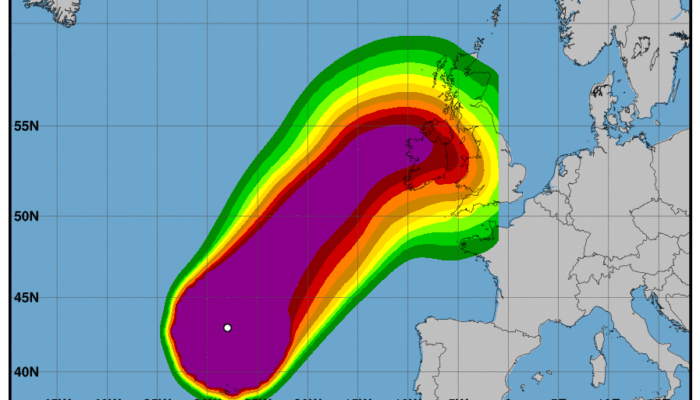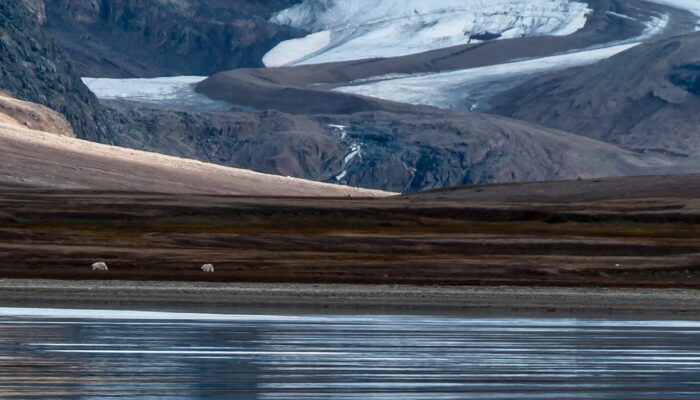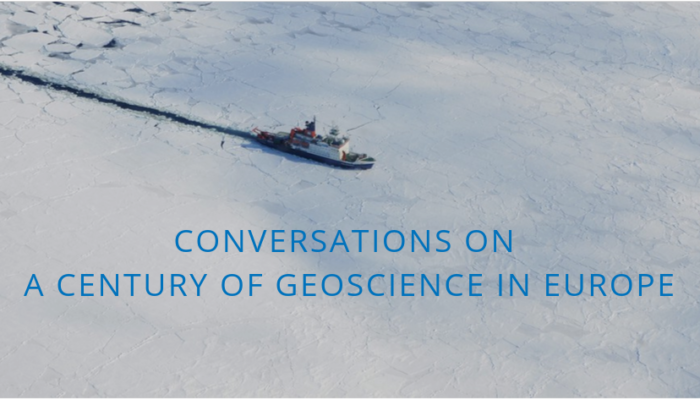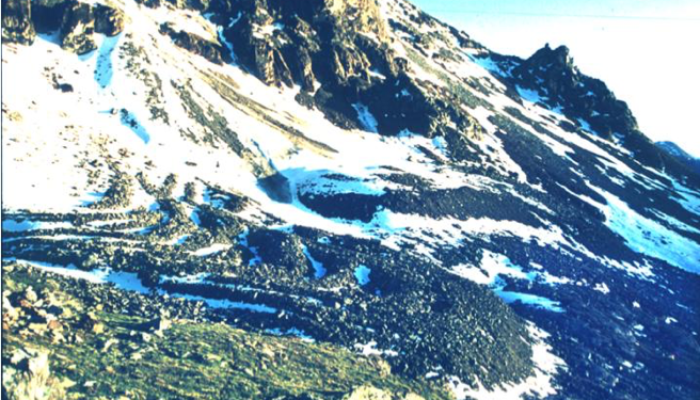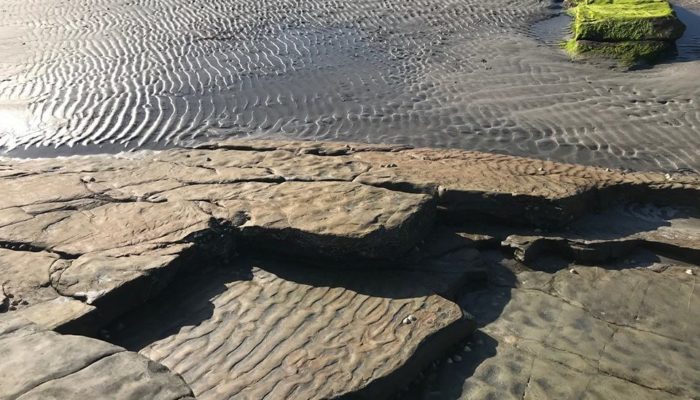This week, Caroline Dorn, Ambizione Fellow at the University of Zurich, tells us her view on space travel and why we shouldn’t pack our bags just yet. Space exploration is experiencing a new boom, a come-back since the 60s & 70s! First discoveries of planets outside our solar system in the 90s have set the foundations of a new discipline that is exoplanet science – the field in wh ...[Read More]
Nonlinear Processes in Geosciences
After Lorenzo and Ophelia, should we prepare European coasts for tropical storms and hurricanes?
Autumn is hurricane season in the north tropics and indeed 2019 does not make exception from this point of view. After Dorian hitting Bahamas and North Carolina, the American National Hurricane Center named Lorenzo a tropical depression originating near Capo Verde. On September 25th Lorenzo became a category 1 hurricane, according to the Saffir-Simpson scale. This scale categorizes the hurricanes ...[Read More]
Natural Hazards
How can remote sensing and wavelet transform unravel natural and anthropogenic ground motion processes?
Underground energy storage and gas storage in aquifers In the context of energy transition, massive energy storage is a key issue for the integration of renewable sources into the energy mix. Storing energy in the underground can lead to larger-scale, longer-term and safer solutions than above-ground energy storage technologies. In particular, natural gas storages are designed to address different ...[Read More]
GeoLog
Imaggeo on Mondays: A walk at the glacier
In 2012 I had the opportunity to help lead a teaching excursion to the Norwegian archipelago Svalbard. On this trip, geography students from the Ruhr-University of Bochum in Germany had the chance to learn more about the nature of this fascinating island. In addition to Svalbard’s climatology and the wildlife, the region’s glaciology and geomorphology were the main topics we focused on. For exampl ...[Read More]
GeoLog
Conversations on a century of geoscience in Europe: Part 2
When you think about the last century of geoscience, what comes to mind? Perhaps Alfred Wegener’s theory of continental drift? Or Inge Lehmann’s discovery of Earth’s solid inner core? Over the last 100 years, geoscientists have made incredible contributions to our understanding of the Earth, the solar system, and beyond. The science community has explored uncharted territory, challenged previously ...[Read More]
Cryospheric Sciences
Cryo-Comm – Degrading Terrains
Beneath dusted peaks of mountain dew A dense and rigid backcloth skulks, Worn down and compacted with Fractured decades of aged powder; Trodden into rocky outcrops To lie barrenly against This frozen, ancient soil. Subtle shifts of these forgotten rocks Ripple across subterranean sediments, Dislodging once-stable foundations That now cascade like an ocean; Echoing across the fragile firmame ...[Read More]
Geodynamics
The Sassy Scientist – Earthquake Exoteries Nr. IV
Every week, The Sassy Scientist answers a question on geodynamics, related topics, academic life, the universe or anything in between with a healthy dose of sarcasm. Do you have a question for The Sassy Scientist? Submit your question here or leave a comment below. In a comment on a post about the key papers in geodynamics, the Curmudgeonly Commenter asked: Could you please point out some exceptio ...[Read More]
Tectonics and Structural Geology
Features from the field: Ripple Marks
Earlier this year, Ian Kane, geologist at the University of Manchester, captured the iconic snapshot shown above. The picture reveals ripples, developed due to waves and currents in the sand of White Strand (near Killard, county Clare, Ireland) right next to Carboniferous sandstone that contains ‘petrified’ ripple marks! The image is powerful, because it shows the basic principle of geological act ...[Read More]
Geodynamics
The geodynamics of planetary habitability
The Geodynamics 101 series serves to showcase the diversity of research topics and/or methods in the geodynamics community in an understandable manner. In this week’s Geodynamics 101 post, Brad Foley, Assistant Professor at the Department of Geosciences, Pennsylvania State University, talks about the geodynamics of planetary habitability and in particular the key role of CO2 cycling in the mantle. ...[Read More]
Hydrological Sciences
YHS interview Serena Ceola: shedding light on interrelations between human impacts and river networks
In its “Hallway Conversations” series, the Young Hydrologic Society has recently published an interview with Serena Ceola, who is a senior assistant professor at University of Bologna, Department of Civil, Chemical, Environmental, and Materials Engineering. The interview was conducted by Sina Khatami, a PhD student at the University of Melbourne. With their agreement, we reproduce the interview, w ...[Read More]


